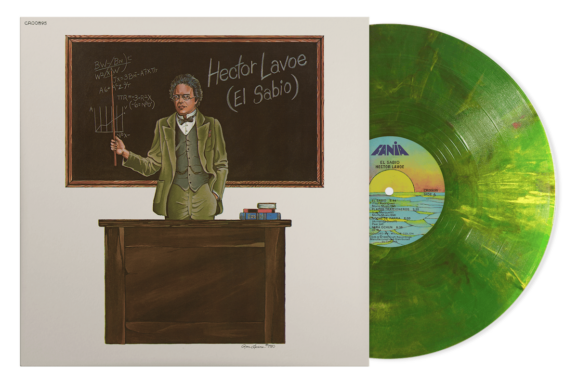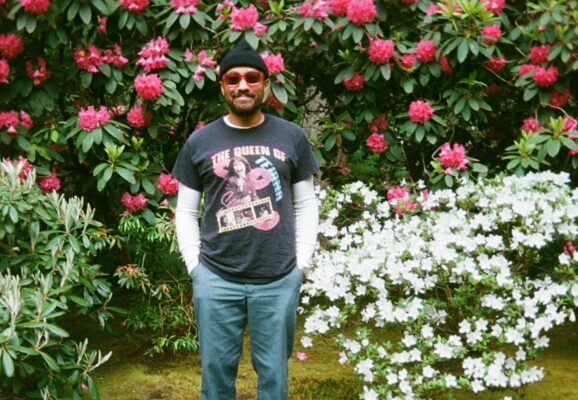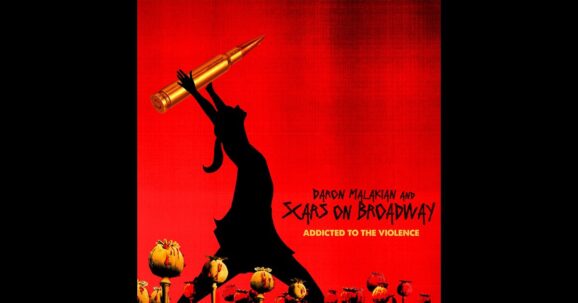In the half-century since the release of Blood On The Tracks, Bob Dylan’s fifteenth studio album (released 1/20/75) has been acclaimed as one of the milestone releases of his career. However, the record received somewhat mixed reviews at the time of its original issue. Now, with the extended perspective of five decades, the differing viewpoints more clearly mirror the ambivalence of the Nobel Laureate himself as he moved through the fitful creative process.
Various instrumental settings from September ’74 were ultimately reduced to skeletal arrangements, sufficient culls from which Dylan approved for Columbia Records to schedule an LP for distribution early the following year. While those operations unfolded in December, Bob decided to conduct sessions with a band in his home state of Minnesota.
Those efforts led to a long-playing composite of the two content sets, precisely five cuts from each location. Nevertheless, the hybrid generates a tangibly tentative overall tone, and 2018’s installment of Dylan’s ongoing vault initiative highlights the conflicts at the source. On six CDs, eighty-seven tracks in chronological order consisting of many multiple reimaginings, The Bootleg Series Vol. 14: More Blood, More Tracks begs the question of exactly why Dylan felt compelled to fashion those remakes (an aversion to repeating himself, the attractions of band accompaniment?).
The early fall product more clearly hearkened to Bob’s latter-day folk music in its spare acoustic-based textures and colorful, imagistic lyrics. Preserving that notion is a one-disc, eleven-track selection of some of the earliest recordings from the Big Apple, released simultaneously with the box set. Produced by archival curators Steve Berkowitz and Jeff Rosen, the roughly hour-long collection posits performances flush with inspiration and intimacy.
The simplicity of the arrangements, combined with track sequencing markedly different from the official title, heightens the emotional impact. This is quite different from how these renderings of material, such as “Shelter From The Storm,” reinforce widely accepted interpretations of the compositions (denied by the author as a depiction of the dissolution of his marriage).
On the contrary, the shifting of perspective(s) within many songs, such as the expansive opener, “Tangled Up In Blue,” illustrates how the resonance of Bob Dylan’s passion goes beyond merely autobiographical interpretations. In contrast, a palpably theatrical effect escalates with the ebb and flow of the tracks, not the least of which is “You’re A Big Girl Now.”
It is wise, however, that “Buckets Of Rain” separates that selection and “If You See Her Say Hello.” The running order precludes any overkill of intensity, as does the astute juxtaposition of the near ten-minute narrative “Lily Rosemary and the Jack of Hearts” with the concise blues of “Meet Me In The Morning.”
The appearance of Tony Brown’s bass on “You’re Gonna Make Me Lonesome When You Go” amplifies the bounce in Dylan’s unaffected vocal phrasing and the precision of his acoustic guitar work. Taken together, that pair represents a welcome respite from the cathartic bile permeating “Idiot Wind,” the high drama of which peaks even further with “Up To Me.”
Unreleased until Roger McGuinn’s 1976 cover (and Bob’s take on the 1985 Biograph box), this outtake from Blood On The Tracks is arguably one of The Bard’s greatest songs. Nevertheless, within the context of the LP, the jaunty, self-referential number betrays overt melodic and rhythmic similarities to more than one cut of the set.
That’s more than sufficient explanation for its pragmatic exclusion from the original LP at its release. However, its placement on the aforementioned archival reworking serves as a vivid recapitulation of that novel song cycle; recalling the emphatic closing to Bringing It All Back Home (“It’s All Over Now, Baby Blue”), this climax further evokes the halcyon days of Bob’s early career.
The alternate version of Blood On The Tracks notwithstanding, its release as we know it set the stage for Dylan’s extended stay in The Big Apple and the subsequent formation of The Rolling Thunder Revue. With fifty years of hindsight, it hardly seems a coincidence that, at least for that caravan’s fall ’75 road trips, “When I Paint My Masterpiece” was a prominent and regular inclusion on setlists.









